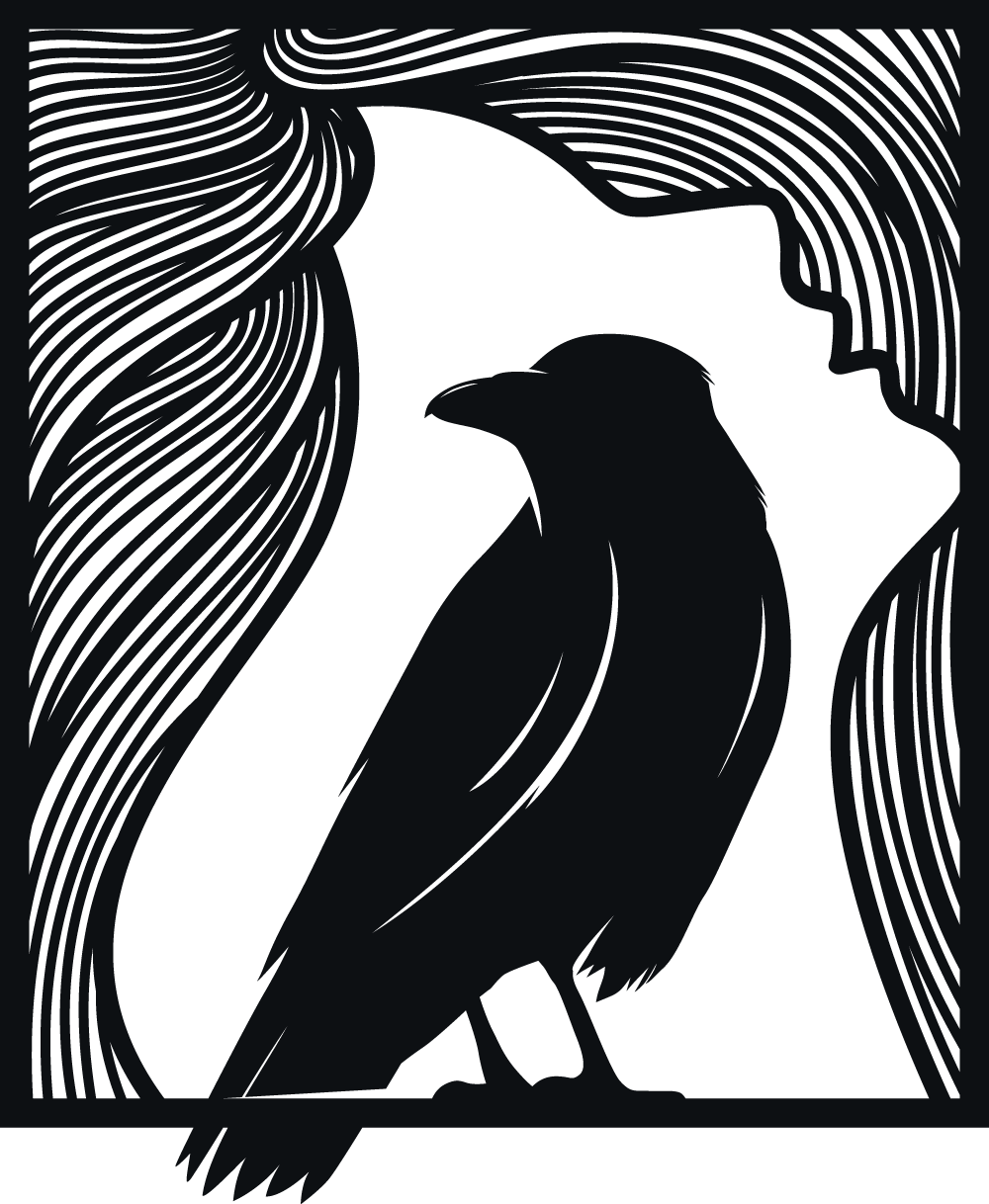
The Witches Monument: A Modern Memorial for Historical Injustice
Origins and Organization
In early 2023, the Stichting Nationaal Heksenmonument (National Witches Monument Foundation) was formed in the Netherlands with the mission to create a physical monument honoring victims of witch persecutions on Dutch soil. The foundation states its goal is to create "a physical monument in memory of those who were designated as witches, tortured, convicted and put to death on the territory of present-day Netherlands."
The organization was founded by a diverse group of Dutch cultural figures, including writers Susan Smit (chairperson), Bregje Hofstede (secretary), and Manja Bedner (treasurer), who felt it was time to acknowledge this dark chapter in Dutch history.
The Wake and Flower Ceremony
One of the foundation's first significant actions took place on June 3, 2023, when they organized a national day of remembrance. During this event, at least 600 people gathered at 12:00 noon in at least 20 locations across the Netherlands where witch executions had taken place, to lay white flowers in memory of the victims.
The locations included Amsterdam, Almen, Amersfoort, Appingedam, Harderwijk, and many other sites of historical persecution. In Oudewater - notably the only place where accused individuals received fair trials and were thus acquitted - all Dutch victims were commemorated collectively.
The Monument Location
After a competitive selection process involving multiple cities, on November 28, 2024, Roermond was officially chosen as the location for the National Witches Monument. The city was selected because "Roermond has a historical connection to witch persecutions, as that's where the most victims fell" with approximately 64 people accused of witchcraft executed around 1613.
The final decision considered factors like "the number of victims, accessibility by public transport, and plans for education for groups and schools," with Roermond scoring highest on most points.
The Monument Design
The monument is planned to be installed near the Rattentoren (Rats Tower) in Roermond, which has historical significance as it was once called the "Witches Tower" and served as a prison where those accused of witchcraft were detained and tortured to extract confessions.
Roermond artist Rietje Geurts has created a design featuring "a circle of five women who know they're going to the stake, that they must depart," expressing their emotions of fear, grief, and solidarity. While this design has been presented, there is ongoing discussion about its final form. The national foundation has suggested they might want a larger monument for greater impact and resistance to vandalism, and may also consider designs from one or two other artists.
Educational Purpose and Broader Significance
The monument is intended to serve multiple purposes beyond remembrance. It will be "the centerpiece of a national commemoration and activities for reflection and education, aimed at addressing aggression and violence against women," including educational programs for schools.
The foundation sees the monument as an important step in raising awareness about the history of misogyny, as "the history of woman-hatred and femicide is increasingly highlighted today, for example in secondary schools."
Historical Context: Witch Persecutions in the Netherlands
The witch persecutions in the Netherlands were less extensive than in neighboring countries, but still claimed numerous victims. While most estimates of European witch hunt victims range from 30,000 to 60,000 executed people (about 80% women), the Netherlands experienced relatively milder persecutions compared to Germany or Belgium.
The most severe case occurred in Roermond in 1613-1614, where approximately 64-80 people were executed over the course of a month, with two people being burned at the stake daily. The last victim of witch persecution in the Netherlands was Entgen Luyten from Limbricht, who was found dead in her cell in 1674 after being imprisoned on accusations of witchcraft.
Timeline and Current Status
The National Witches Monument is expected to be completed and inaugurated in 2025 or 2026. Funding for the project has been raised through various means, including the publication of a pamphlet titled "Heksenmonument" in June 2023 with contributions from notable Dutch writers.
As of early 2025, the project continues to move forward with ongoing discussions about the monument's final design, size, and specific educational components.

